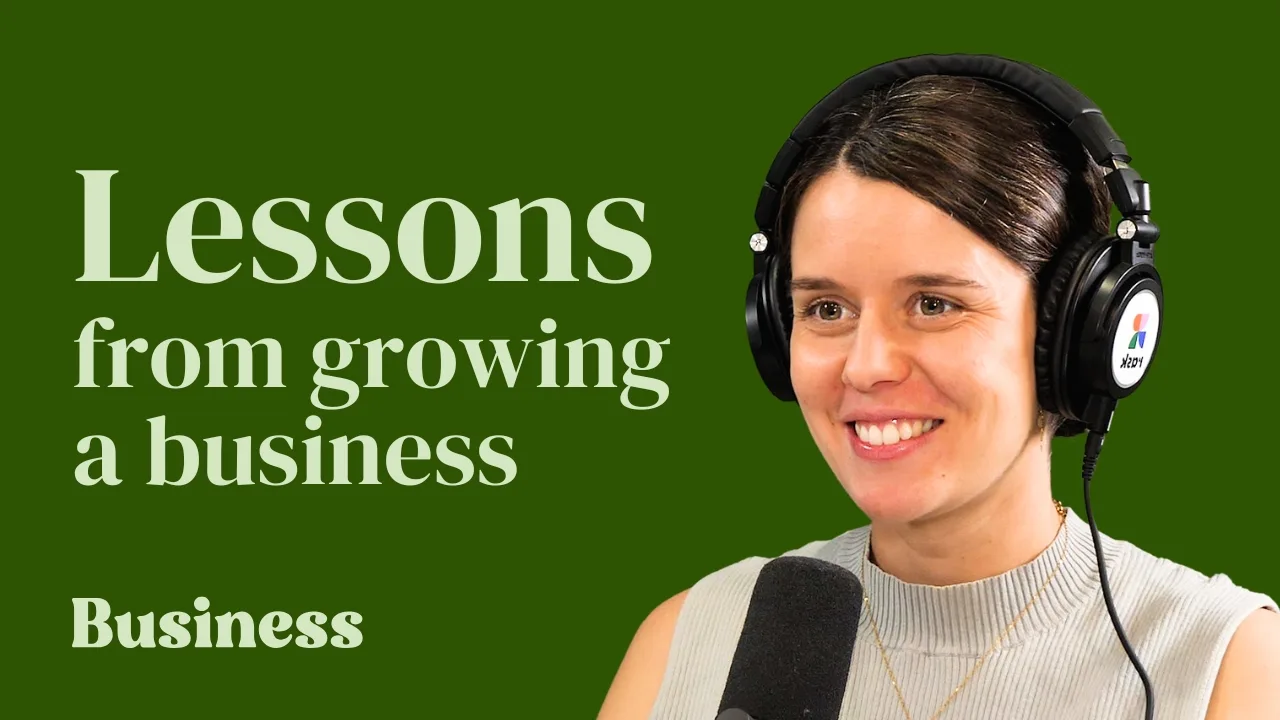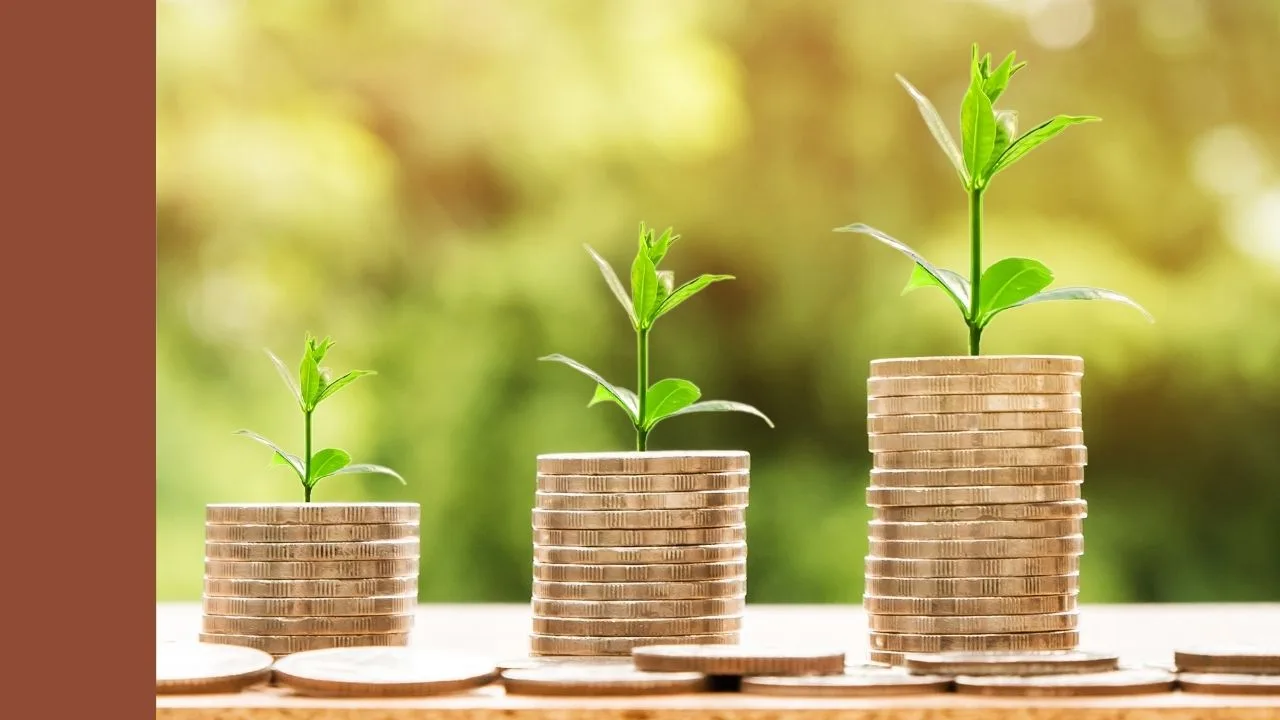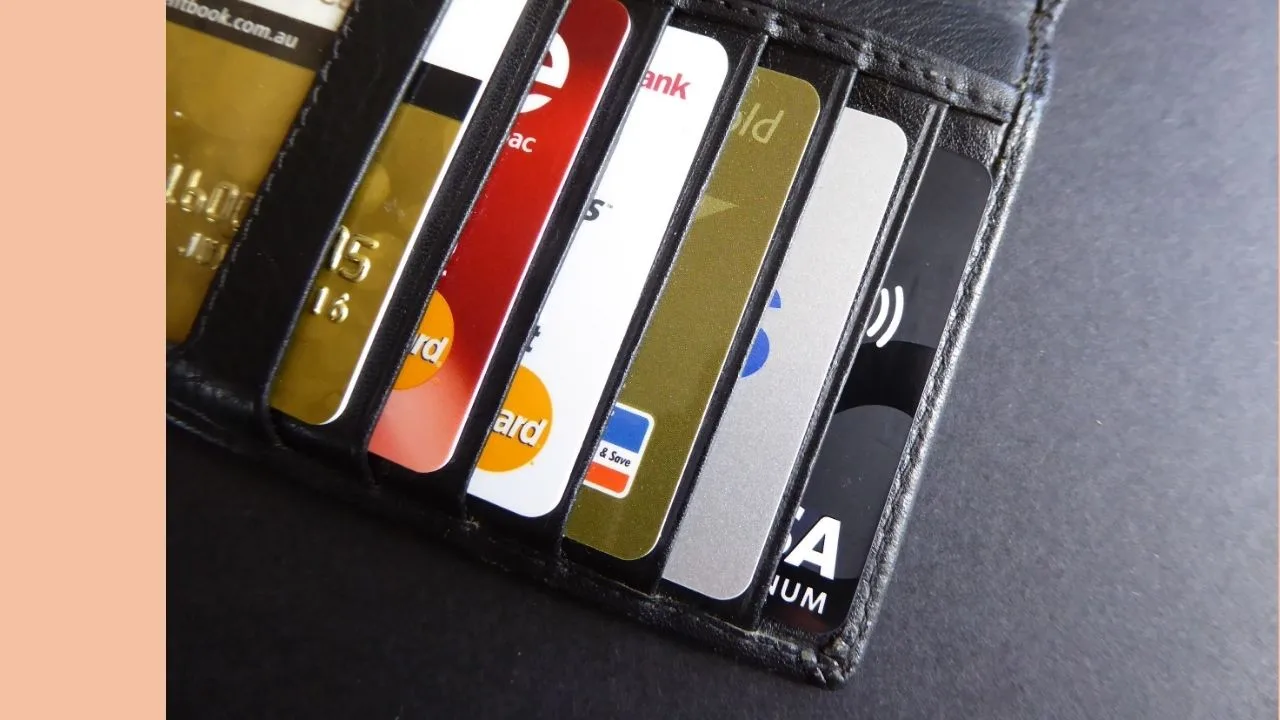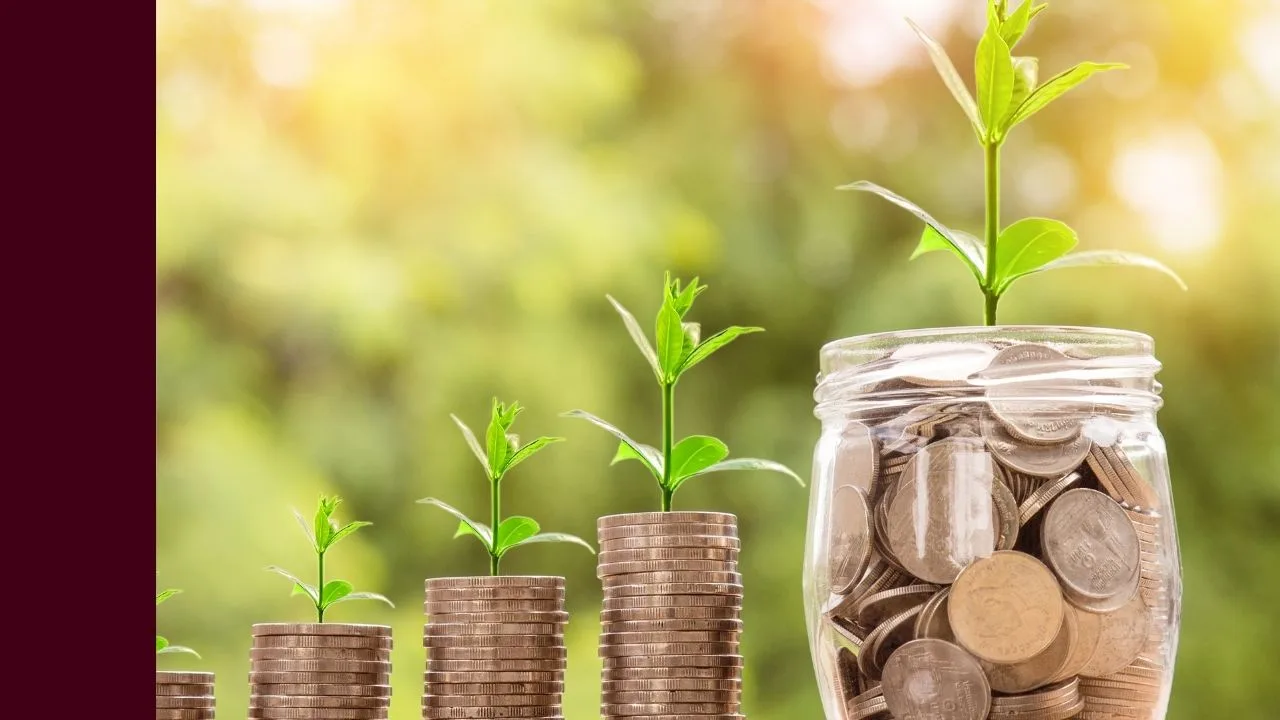Here’s my promise to you: in the next 5 minutes you will learn everything you want to know about investing in ETFs & index funds in Australia.
Sound too good to be true?
Give me 5 minutes and let’s find out…
With some help from our Rask Education videos, which form part of our free investing courses, I’ll help you understand why investing matters and how easy it can be, as well as the basics of the ASX 200, investing in ETFs & index funds.
Let’s begin with you and why investing for the first time is essential (but lots easier than you think)…
It’s likely that if you’ve seen the financial news featuring Kochie or Tom. Each day they’ll give you an ‘ASX 200’ daily update on the telly. The ‘ASX’ part means the Australian stock market. The ‘200’ part means ‘the 200 largest shares’.
Therefore, what these guys are telling you each day is the performance of the largest 200 companies — think Telstra Corp (ASX: TLS), Commonwealth Bank of Australia (ASX: CBA), CSL Limited (ASX: CSL), etc.. The ASX 200 is Australia’s ‘index’ but there are thousands of these ‘indices’ around the world, some are popular but most are not. The USA has the Dow Jones, which is arguably the most popular index ever created.
Aside from one being from the US and the other Australia, the ASX 200 and Dow Jones are basically the same thing: in a sense that both measure the returns of the top companies on a stock market.
The following video from Rask Education helps explain how the Dow Jones is calculated and what it represents.
How could I make money from an ‘index’?
Australia’s ASX 200 will increase if enough companies in the index see their share prices increase, and it will fall when the shares of these companies fall. The same can be said of the Dow Jones. Most people hear about the daily performance of the stock market via these two numbers.
But — and this part is important — if you want to build long-term wealth for yourself or your family, remember this: you shouldn’t be worried about what the index does each day. As long term investors,, we believe the very best way to use an index like the ASX 200 or the Dow Jones is to ‘zoom out’ and look at its performance over 10+ years. Do that and you’ll quickly discover why investing in the stock market, as a whole, has been incredibly powerful for Aussies willing to take some risk and invest in shares.
Ok, so here I am telling you to ‘focus on the long-term’. But you’re probably asking: “what does the index have to do with me, and my wealth?”
Index funds 101
Wouldn’t it be great for beginners to be able to invest in the entire share market and forget about picking individual stocks? This is what an index will allow you to do.
As my voiceover explains in the following video, an index fund will buy everything included in… wait for it… the index.
Meaning, if you wanted to get a small part (e.g. you have $1,000 to invest) you could buy into an index fund and get exposure to the prices of all shares included an index.
For example, imagine the ASX 200. If you had to buy all 200 shares one by one, you would pay brokerage fees for each investment you make and you would need a huge portfolio to be able to pay for them (the minimum amount needed to buy shares/ETFs is $500).
Up until the early 2000s, the only way to buy into an index fund was to go to the index fund manager’s website, get a paper form, fill it in, send it off and deposit the money. It was cumbersome, took quite some time and investors — like you and I — wanted more transparency.
Say hello to Exchange Traded Funds
ETF (not to be confused with EFT-pos) stands for Exchange Traded Fund.
Basically, an ETF is a fund that you can buy inside any normal share brokerage account. So, instead of the paperwork you needed to fill out in the 90s, today, you can apply for a brokerage account — which can take just a few minutes — and within a day or two start buying and selling these ‘e-funds’ online. Go ahead, I’ll wait.
What now?
In less than 90 seconds, you’ve just learnt that any beginner Australian investor can:
- Forget about ‘picking stocks’ and buy a basket (an index fund ETF)
- Use a share brokerage account to buy and sell an ETF anytime from 11 am to 4 pm most days of the week
- Hold onto their investments for many years and follow the index’s return, and
- Forget about paying too much attention to the intimidating financial news headlines
There are many benefits to getting started investing with ETFs such as their (typically) low fees, transparency (you can see the price in your brokerage account) and, depending on the ETF you choose, they can provide exposure to a basket of Aussie or international shares, bonds, term deposits, gold.… and more each day.
The full list of ETFs is growing by the month!
Of course, knowing what’s right or wrong takes a bit of work, but you can learn it for yourself and start small, or speak to your financial adviser. This article contains general information only, so it’s not specific to you, your risk tolerance or financial goals.
That said, the important part is getting started.
“Someone is sitting in the shade today because they planted a tree 20 years ago. And while the best time to plant that tree was 20 years ago, the second best time is today.”
The added bonus of investing by opening a share brokerage account (if you haven’t already) and committing yourself to learning about investing is you’ll have everything you need, in one place, to buy individual shares, ETFs and more.
If you made it this far, well done and congratulations. Also, thank you for letting Rask Australia help you get started on this very important — but really quite simple — journey.
Your future self (or family) will thank you for it.






